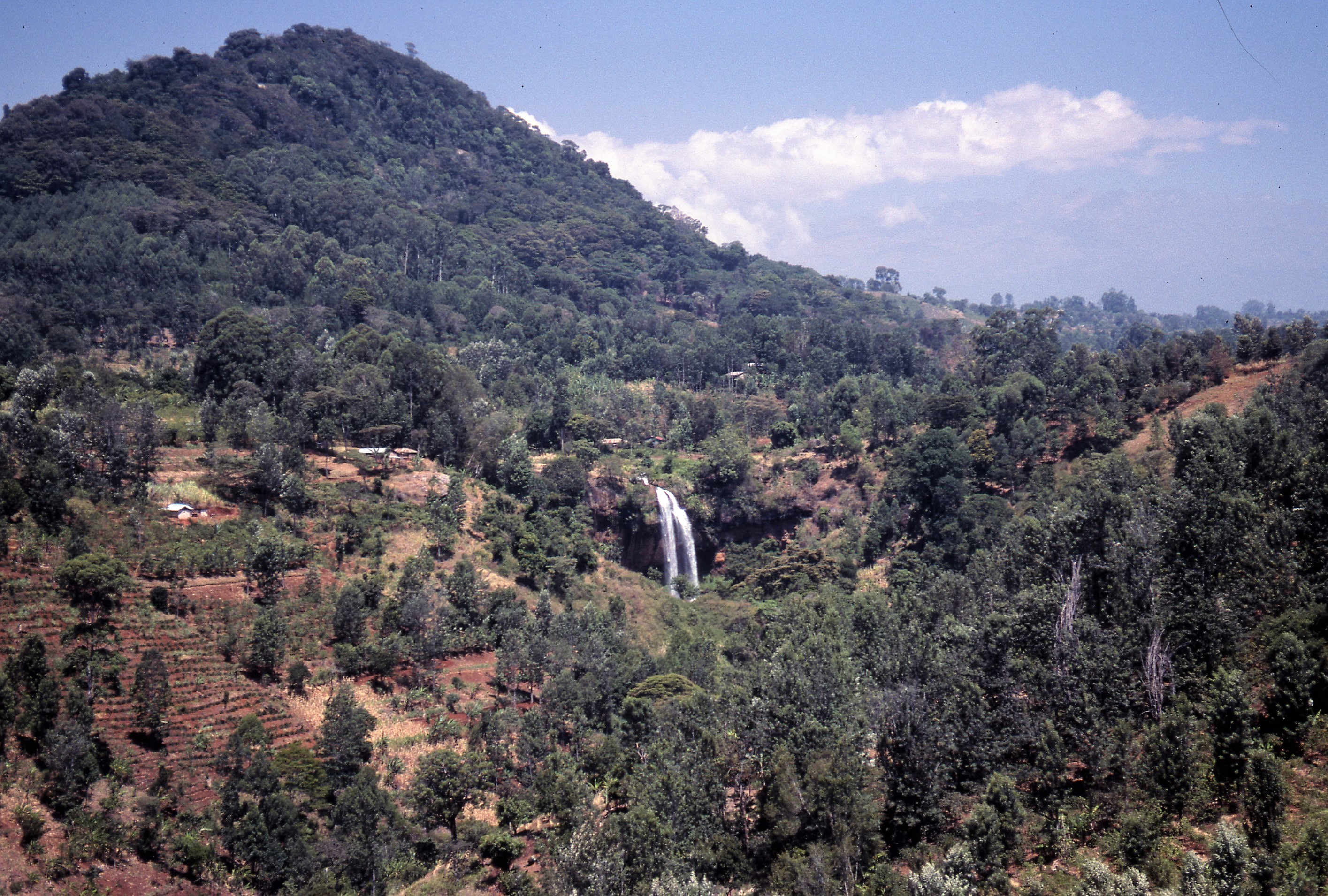
Share
Related Links
Get Forest Smart: PROFOR 2016 Annual Report
External Related Links
World Bank Group Steps Up Forest Action in Support of Development and Climate Goals
Six Global Forest Goals agreed at UNFF Special Session
The 2017 Atlas of Sustainable Development Goals: a new visual guide to data and development
Forest-Smart Strategies Are Taking Off
By Werner Kornexl
The more we know about our rapidly changing environment, climate, and demographics, the more we learn about how critical forests are for our resilience, overall wellbeing, livelihoods, and economies. Unfortunately, in a world of budgetary constraints and competing interests, governments face increasingly complex decisions when it comes to supporting different sector priorities. The solution is to move away from the traditional approach of sectors operating in isolation or in competition with one another, and more towards an integrated win-win approach. But how?
There is, in fact, increasing evidence that thinking across sectors makes the most convincing business case for forests and for sustainable economic growth, job creation, and poverty alleviation, all at the same time. At the World Bank’s Program on Forests (PROFOR), this cross-sectoral thinking is called “forest smart.” At its core, the forest-smart approach entails maximizing the benefits from development investments, while minimizing the negative impacts to forests and forest biodiversity (See more about this in PROFOR’s 2016 Annual Report and the World Bank’s Forest Action Plan).
The case for a combined forest conservation-and-production approach becomes even stronger as we see the performance of other sectors being affected as a result of environmental stress caused by deforestation. For example, traditional agricultural production and hydropower generation are under growing pressure from unsustainable practices, leading to further temperature increases, and extreme precipitation patterns. Recent PROFOR research even suggests that a downward spiral of droughts, vulnerability to fire, and improper land-use practices could lead to a point of no return for the Amazon rainforest - with likely devastating implications for water resources, crop production, and people’s ways of life across an entire continent.
At the same time, there are already some powerful financial arguments for why other sectors should not only think about forests when planning their activities, but actively become forest champions. Consider the energy sector: in China, maintaining a forested watershed significantly reduces sedimentation around the Three Gorges River hydropower plant, resulting in savings of $40 million every year. Forest-smart thinking is also relevant in the water sector, where the economics of water supply speak a clear language. New York City, for example, saves $1 billion annually in water filtration costs by managing forests in the Catskills watershed, while Jakarta relies on Bogor’s forests for the city’s water supply and to control floods. And in the field of disaster risk management, governments increasingly recognize the value of including forests and mangroves, since grey infrastructure alone is unlikely to be either feasible or economically viable. In Vietnam, for instance, mangrove preservation avoids $7 million a year in flood prevention costs. In these and many other situations, forests may not have been the first consideration, but they ultimately provide the greatest co-benefits over the long-term.
In a sign of growing momentum, the forest-smart concept is being taken up in different fora. The latest meeting of the United Nations Forum on Forests (UNFF12), for example, included inspiring discussions on how forests can contribute to achieving the Sustainable Development Goals (SDGs) – not just the ones focused on forests and ecosystems, but also the ones linked to poverty, energy, food security, health, and water. In addition, the first-ever UN Strategic Plan on Forests, approved in January of this year, is a long-awaited and necessary step in linking forest services to other SDGs, and promoting cross-sectoral cooperation and financing for sustainable forest management.
The World Bank is resolutely supporting these efforts, not just through its overarching corporate commitments (ending extreme poverty and boosting shared prosperity, in a sustainable and inclusive manner), but also through direct initiatives like the new Atlas of Sustainable Development Goals, which tracks countries’ progress towards the SDGs and their related targets. The World Bank also supports more and more governments in applying forest-smart principles within larger landscape operations. This is the case in Indonesia and Mozambique, for instance, where land tenure, agroforestry, forest management, and forest conservation activities are harmonized under one landscape umbrella.
At PROFOR, we are committed to translating the forest-smart concept into actionable solutions, making it as straightforward as possible for policymakers and experts in different sectors to see forests as a viable and desirable component of their work programs. Our work includes:
- A PROFOR activity in the Republic of Congo resulted in an informed and participatory process that helped the government to better understand the economic, social, and environmental trade-offs of mining activities, and to work across ministries to align development initiatives.
- In Brazil, PROFOR and the BioCarbon Fund supported research into renewable charcoal production to help meet energy needs in the steel sector while reducing pressures on native forests.
- In Jamaica, ongoing research on the costal protection services provided by mangroves aims to guide government investment decisions around infrastructure, tourism, and fisheries.
- PROFOR’s activity on poverty is looking to tease out whether forests can provide not only a safety net for the poor, but also a pathway out of poverty.
The growing momentum for forest-smart strategies is encouraging and timely. Some 13 million hectares of forest are being lost every year, and many habitats are reaching critical tipping points, beyond which biodiversity and ecosystem services will be unable to recover. Whatever your professional sector, we can all play a role in being forest smart. But there is no time to waste – we must act now.
So what does forest-smart mean to you and your work? We look forward to your thoughts.
For stories and updates on related activities, follow us on twitter and facebook, or subscribe to our mailing list for regular updates.
Last Updated : 06-16-2024








